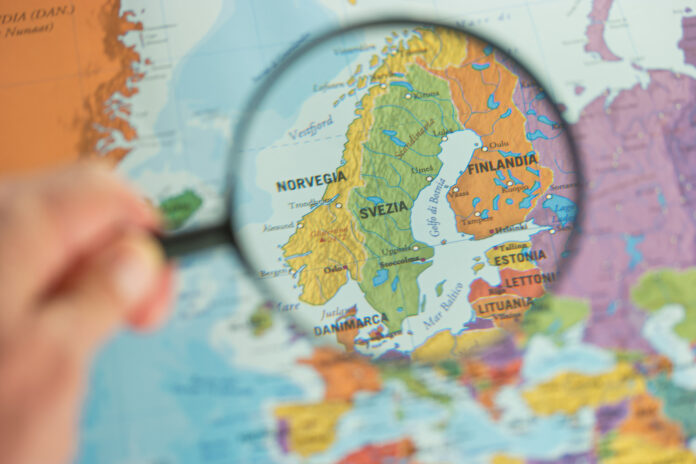The Nordic region — which includes Sweden, Norway, Denmark and Finland — is becoming one of the most important areas in the world for building AI infra
Thanks to clean and reliable energy, a cool climate and well-developed power grids, global tech companies are choosing the Nordics as a base for data centers that support artificial intelligence (AI).
AI models require massive computing power, and that means they also need large amounts of energy. That’s where the Nordic countries come in. The region already has a strong track record of producing renewable energy through hydropower, wind and other sources. It also has political stability, modern infrastructure and space to grow.
Here are five of the biggest and most interesting AI infrastructure projects currently happening in the Nordics:
1. Microsoft’s $3.2 billion investment in Sweden
Microsoft is investing about $3.2 billion to expand its cloud and AI infrastructure in Sweden. This includes upgrading its data centers with specialized chips for AI and adding almost 1,000 megawatts of new clean energy capacity to support the project.
The company plans to train 250,000 people in Sweden to use AI tools and services. Its Swedish data centers will be powered by 100% renewable energy, mostly from wind and hydro sources.
2. Polar’s AI-focused data center in Tørdal, Norway
In southern Norway, Polar is building a new data center designed specifically for AI workloads. The site, called DRA01, is located in Tørdal and will offer 12 megawatts of power in its first phase, which is expected to go live by the end of 2025.
The center will use 100% renewable energy, mostly from hydropower and advanced liquid cooling systems to handle the high heat output from AI chips. The facility will also be built to Tier III standards, meaning it will offer high reliability and minimal downtime.
3. atNorth’s green data center near Copenhagen, Denmark
atNorth is developing a new data center campus near Copenhagen called DEN01. The first phase was initially expected to be completed by the end of 2024 and will offer up to 30 megawatts of capacity, with future expansions planned.
One unique feature of this data center is its heat reuse system. Excess heat produced by the data center will be sent to nearby homes and buildings for heating.
4. Apple’s clean energy data center in Foulum, Denmark
Apple operates a large data center in Foulum, Denmark. This facility supports services like iCloud, Siri, Maps and the App Store for users across Europe. It is powered entirely by clean energy, including solar and wind power from nearby sources. Apple has also invested in its own solar farm and wind turbines in Denmark to support this site. The data center is located close to a large electrical substation, which ensures a steady and reliable energy supply — critical for AI operations.
5. LUMI Supercomputer in Kajaani, Finland
LUMI, located in Kajaani, Finland, is one of the most powerful supercomputers in the world. It is supported by the European Union and a group of ten European countries. LUMI is designed to support AI research, scientific computing, and innovation across Europe. LUMI runs entirely on hydroelectric power and uses waste heat from computing operations to warm nearby buildings.
Conclusion
The Nordic countries are leading the world in terms of building smart, sustainable AI infrastructure. With clean energy, stable power grids and a strong focus on environmental responsibility, these five projects show how the rapid expansion of AI can go hand-in-hand with climate goals. As artificial intelligence continues to expand, the Nordic nations offer a model for how to build data centers that are both powerful and climate-friendly.

